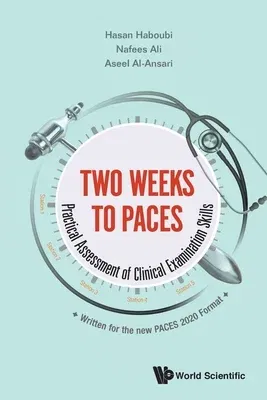The MRCP examination is constantly changing, reflecting the changing
pressures on doctors in training. Whilst the MRCP PACES examination has
evolved with the times, the core ethos of it, to act as a benchmark for
sound clinical examination, logical diagnostic ability, common sense and
most importantly, the development of compassionate and ethical
physicians has remained unchanged.
Whilst this exam has often struck fear into the hearts of junior
doctors, we believe it is an assessment of progression during a
physician's training that should be relished as an opportunity to
demonstrate these ageless qualities that caring practitioners should
possess.
This book was born out of the philosophy that all doctors sitting their
MRCP PACES already have the knowledge and skill to pass the exam, but
just require guidance in the correct logical approach that the Royal
College is looking for.
The book has, therefore, quite unlike other MRCP PACES books, avoided
any attempts at being a definitive text. Rather, it has focused on the
key aspects that the authors believe are required to pass the
examination, in particular focus on presentation style. Whilst medicine
is indeed an ocean, the most commonly examined topics have been selected
to reflect the likely scenarios a candidate will face - as the old adage
goes - "common things occur commonly".
In producing this book, extensive feedback was sought from candidates
revising for the examination to reflect their needs. The layout
therefore involves a methodical approach with a short introduction,
similar to that presented in the exam, followed by clinical findings
expected to be found. An example of presentation style has then been
produced to allow the candidate to rehearse and practice this essential
component of the exam.
Doctors preparing for the exam have limited time due to busy work
schedules. Therefore, summary books are key for candidates sitting the
MRP PACES examination.
Most PACES candidates fail the exam based on history and communication
stations.
Therefore, attention has been paid to:
-
Provide an example of how to present each case (this is the first true
attempt at this by any PACES book as far as we are aware)
-
To provide helpful pneumonics to recall facts that are commonly asked
in the examination
-
To have top tips sections which highlight common pitfalls for
candidates attempting the examination and how to avoid these

